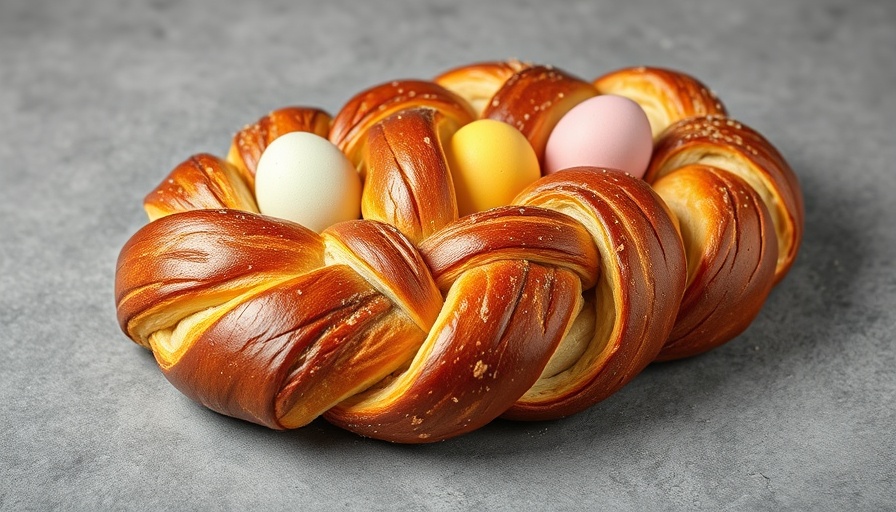
Celebrating Easter with Homemade Easter Bread
Easter is a time of renewal, and what better way to celebrate this joyful holiday than with a homemade Easter bread? This delightful treat is not only delicious but also filled with rich symbolism that brings families together. Traditional Easter bread is known for its soft, buttery texture and hints of citrus flavor, often adorned with colorful eggs that symbolize new life and hope.
Why Easter Bread Holds Special Significance
The tradition of baking Easter bread varies across different cultures, but the essence remains the same: it's a celebration of new beginnings. Braiding the dough often represents the Holy Trinity and can be made into shapes such as circles or crosses, making it a visually stunning centerpiece for your Easter feast.
Making It Special: Tips for a Perfect Loaf
To create a rich and fluffy Easter bread, focus on quality ingredients. Using fresh eggs, real butter, and whole milk elevates the flavor and texture significantly. When preparing the dough, be sure to use room-temperature ingredients to enhance yeast activation, which helps the bread rise beautifully. If you're feeling adventurous, consider dyeing the eggs that will adorn the loaf; this not only adds visual appeal but also makes for a fun family activity!
Storing and Enjoying Your Creation
Once your Easter bread is baked to a golden brown and has cooled, store it at room temperature for up to four days. It’s delicious on its own but also versatile enough to be turned into French toast or bread pudding. Just be sure to remove any dyed eggs before storing to keep everything fresh!
Join the Tradition and Share Your Experience
Homemade Easter bread isn’t just about the baking; it’s about the memories created while making it. Get your family involved, and make it a tradition to pass on through generations. Share your experiences and variations of this recipe in the comments below!
 Add Row
Add Row  Add
Add 




 Add Row
Add Row  Add
Add 
Write A Comment